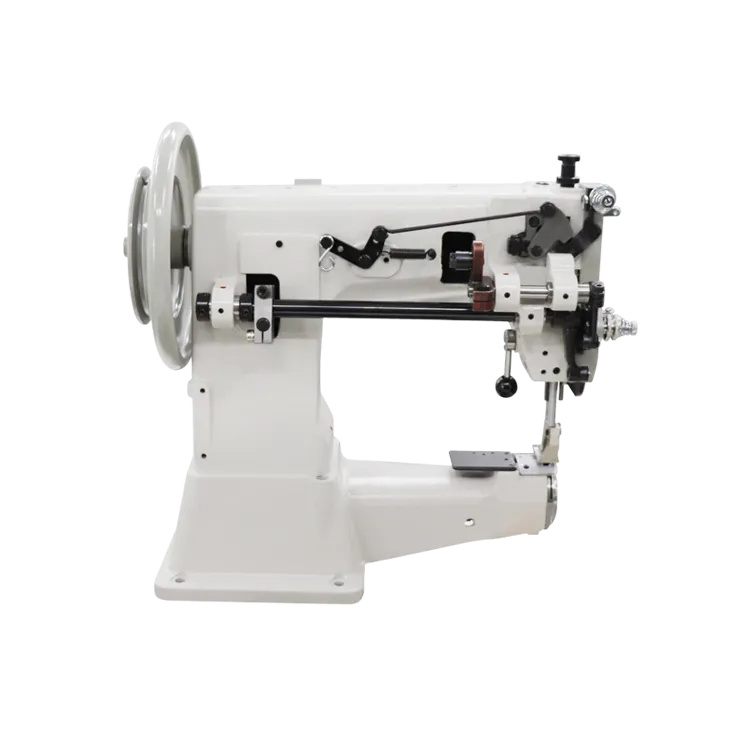Exploring the Benefits and Techniques of Employing a Double Needle in Sewing Projects
Using a Double Needle A Guide to Creating Professional-Looking Stitching
When it comes to sewing, one of the most effective tools at your disposal is the double needle. This unique tool can transform your sewing projects, providing a professional finish that is often associated with high-end garments and textiles. In this article, we’ll explore what a double needle is, how to use it, and the benefits it brings to your sewing repertoire.
What is a Double Needle?
A double needle is a specialized sewing needle that features two needles mounted on a single shaft. This configuration allows you to create two parallel rows of stitching simultaneously, which is especially useful for hemming knits, adding decorative finishes, or creating pintucks. Double needles come in various sizes and spacings, enabling you to achieve different effects based on your project’s requirements.
How to Use a Double Needle
Using a double needle may seem daunting at first, but with a few straightforward steps, you can incorporate it into your sewing routine with confidence.
1. Select the Right Needle and Thread Choose a double needle size that suits your fabric type and thickness. Typically, sizes range from 1.6mm to 4.0mm, and the distance between the needles can vary (commonly 2.0mm or 4.0mm apart). It's also essential to use appropriate thread; for stretch fabrics, use polyester or specialized stretch thread to prevent breaking.
2. Prepare Your Sewing Machine Remove your standard sewing needle and replace it with the double needle. Ensure the needle is inserted securely. Next, thread your machine with two threads, guiding each thread through a separate needle. It’s vital that both threads are correctly tensioned to avoid puckering.
3. Set Up Your Stitch Most sewing machines allow for various stitches. Straight stitches are the most commonly used with a double needle, but zigzag stitches can also produce interesting effects. Consult your sewing machine manual to select the correct stitch settings.
4. Test Your Stitching Before diving into your actual project, it’s wise to perform a test run on a scrap piece of fabric. This allows you to check the tension and ensure that the stitching is even and consistent. Adjust the tension if necessary.
using a double needle

5. Start Sewing Once satisfied with your test stitch, you can start on your actual project. Guide the fabric through the machine gently, allowing the double needle to do its work. Keep an eye on the stitches as you go, making sure they are consistent.
Benefits of Using a Double Needle
The double needle offers several advantages that can enhance both the functionality and aesthetics of your sewing projects
- Professional Finish The parallel lines of stitching created by a double needle give garments a neat, finished look that mimics the appearance of coverstitching, often found in ready-to-wear clothing.
- Versatility Double needles are not limited to hemming; they can be used creatively for decorative stitching, pintucks, and more. This versatility allows sewists to explore new design possibilities.
- Sewing Efficiency Since you’re able to sew two lines simultaneously, you save time compared to sewing them one at a time. This is particularly advantageous for larger projects.
- Stretchy Finish When used with stretch fabrics, a double needle allows for a slight amount of give in the stitches, which prevents ripping or breaking when the fabric is stretched.
Conclusion
Incorporating a double needle into your sewing toolkit can significantly enhance your projects, providing a polished and professional finish that will impress. With a bit of practice and experimentation, you’ll discover just how versatile and effective this tool can be. So, whether you’re hemming a knit dress or adding flair to a project, using a double needle can elevate your sewing experience to new heights. Happy sewing!
-
Industrial Cylinder Arm Sewing Machine: Revolutionizing Heavy-Duty SewingNewsJul.28,2025
-
Cylinder Arm Sewing Machine: Perfect for Special Sewing ApplicationsNewsJul.28,2025
-
Cylinder Bed Sewing Machine: Essential for Sewing Complex MaterialsNewsJul.28,2025
-
Heavy Duty Sewing Machine: The Essential Tool for Industrial ApplicationsNewsJul.28,2025
-
Computerized Pattern Sewing Machine: Revolutionizing Precision StitchingNewsJul.28,2025
-
Heavy Duty Industrial Sewing Machine: Power Meets PrecisionNewsJul.28,2025
-
Leather Sewing Machine: The Industrial Standard for Tough MaterialsNewsJul.18,2025





























